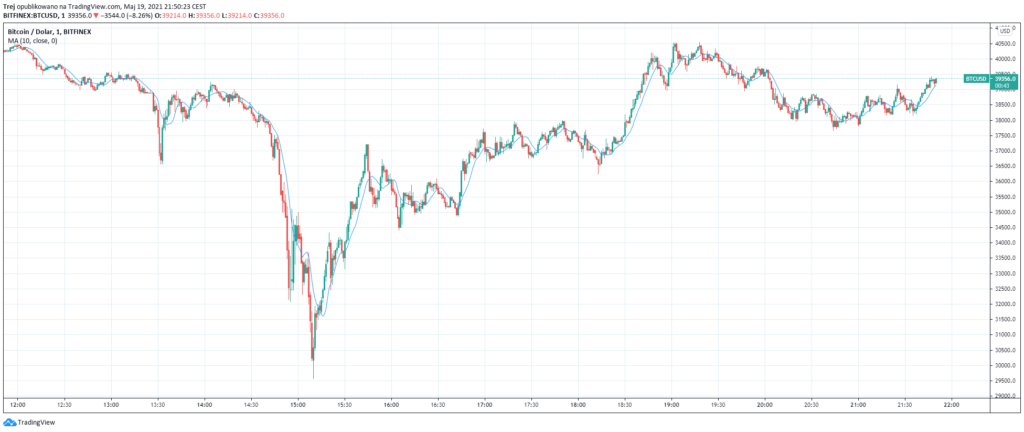Electronic currency volatility in the recent El Salvador case

The bitcoin currency has been experiencing its peak moments for a long time. Many consider bitcoin to be an easy way to earn money, and others consider it to be the “currency of the future”. Unfortunately, this view may be in future verified, as can be seen on the example of the Republic of El Salvador.
On September 7, 2021, El Salvador officially adopted bitcoin as an official and legal tender, making the cryptocurrency an accepted means of exchange for goods and services. The euphoria and optimism related to the changes did not last long, because on the same day, there was a huge drop in the value of bitcoin. Within moments on Tuesday, September 7, bitcoin’s value plunged 17% and ended its decline on Wednesday by around 10%. Other digital assets also fell. According to Kraken (the cryptocurrency exchange in general), Cardano’s token (ADA) and the second largest cryptocurrency, Ether, fell 18% and around 13% respectively. (As of September 8 at 5:00 p.m.).
Most importantly, there has not been a single catalyst to cause this sell-off. Over the past few months, we have become convinced that the currency bitcoin is highly volatile. Bitcoin and competing digital assets are notoriously volatile, with prices fluctuating based on rumors, influencer tweets (as was the case with dogecoin), or shifts in sentiment among groups of traders joining on social media to make speculative bets. During the recent wave of volatility in the electronic currency, bitcoin has lost over $ 100 billion in market value since September 5. Other currencies also felt the “hit” and Ether lost $ 56 billion and the ADA token lost more than $ 16 billion.
On May 19 this year, there was a real horror for investors in the cryptocurrency market. It was then that the real face of the electronic currency was revealed, because then, within a few moments, the value of bitcoin dropped by over 50%. Shortly thereafter, this value jumped up again to its pre-drop level and then fell again by around 10%.
The situation described above can be seen in the graphic to which this link leads:
https://galeria.bankier.pl/p/6/a/63086771cfcfd8.png

The question remains whether a currency that can lose more than half its value in a few hours and then almost regain it, can be considered as a stable and reliable means of payment. We can see the effects of a distinct view on the use of cryptocurrency as a means of payment in the example of El Salvador.
What is the conclusion?
Electronic money without financial supervision is subject to a high risk of fluctuations in value in other classical currencies over short periods of time. This is despite the introduction of this currency into official circulation as an auxiliary currency of a country. It also results from the fact that this type of solutions is currently being used by countries that do not belong to the G20. The example of El Salvador shows that the most recognized electronic currency bitcoin is able to reduce its value from 60,000 to 40,000 USD per bitcoin within a few days, making it an unreliable means of payment at the moment.
